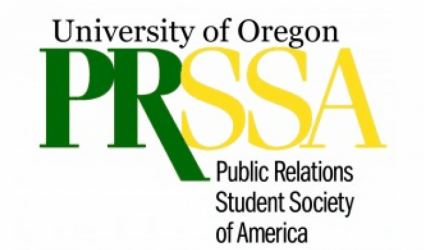Talia Smith
The public relations (PR) field may involve more than press releases and social media in the near future. With virtual reality (VR) gearing up for a mainstream audience, brands are already starting to see VR’s potential for producing creative and innovative PR campaigns.
Donna Davis, Director of the Strategic Communication Master’s Program at University of Oregon, is researching the positive psychological effects of VR.
“I think the public relations industry can’t ignore what’s happening in VR and AR (augmented reality),” said Davis. “We’re moving to an experience economy where audiences, especially younger audiences, are demanding ways to engage with brands.”
At this point, VR is only viable to certain brands with the right budget but that could be changing rapidly as the price of VR technology continues to fall. Before you go out and buy an Oculus Rift headset, let’s see which brands are using VR technology successfully to create an effective PR strategy.
Toms
Toms is a shoe company with a one-for-one business model; for every pair of shoes sold, Toms donates a pair to a child in need in over 70 countries. Toms created a VR experience to let viewers see what it is like to deliver shoes to a school in Peru. We learn about the story of nine-year-old, Julio, who walks several miles to school every day on a dirt road. We are immersed into this giving trip as we see 360 degrees of the dirt road, the school, Julio’s house and more.
Why it worked
Toms facilitated organic empathy. While other media such as writing, photography and videography can certainly convey empathy to stakeholders, there is no comparison to actually experiencing what it is like to bring barefoot school children new shoes. Toms created a new path for VR as a philanthropic tool for nonprofits and charitable for-profit companies. Consumers can experience where their purchase or donation is making a positive impact.
Marriott
Marriott introduced VR as a game changer in the travel and hospitality sectors. Marriott representatives set up a VR experience outside of city hall in New York City to capture recently wed couples as they exited the courthouse, presumably to go on a honeymoon or to at least start planning one. Marriott created a VR experience allowing the brides and grooms to teleport from London to Hawaii while wearing a headset. The hotel company insinuated to the newlyweds that there is a Marriott wherever they choose to spend their honeymoon.
Why it worked
Virtual reality provides travelers the ability to experience a destination through a pair of goggles. It will be interesting to watch VR’s role in the travel industry as VR provides customers the ability to travel around the world without getting on a plane. Instead of choosing a hotel blindly, you can virtually step inside one and walk around. It is an experience given most justice in 360 degrees.
Boursin
This upscale soft cheese company used VR to take viewers on a roller coaster ride through a well-stocked refrigerator. In the perspective of being just a few inches tall, the virtual roller coaster ride zooms past packages of Boursin cheese and fresh ingredients. Consumers begin to catch on to the idea that Boursin belongs in a healthy, well-stocked refrigerator. Towards the end, the interactive adventure weaves around champagne bottles, signifying the soft cheese company is an elite snack.
Why it worked
Boursin was one of the firsts to pioneer a VR experience within food and beverage. The novelty of the video earned Boursin a Masters of Marketing award for its creative approach to promoting a product you might not initially associate as a perfect candidate for VR content.
As strategic storytellers, it is our job to determine which media platforms will best tell the story of a particular client and produce the best results. While we may not be the ones coding a VR script, we may be the ones drawing up a storyboard or writing the copy for your brand’s VR experience. Virtual reality is proving to be a fruitful option for customer engagement and virality.
“Increasingly agencies are looking at ways to build interactive content in VR that places their clients’ brands in the center of the experience,” said Davis. “Ready or not, it’s coming!”



